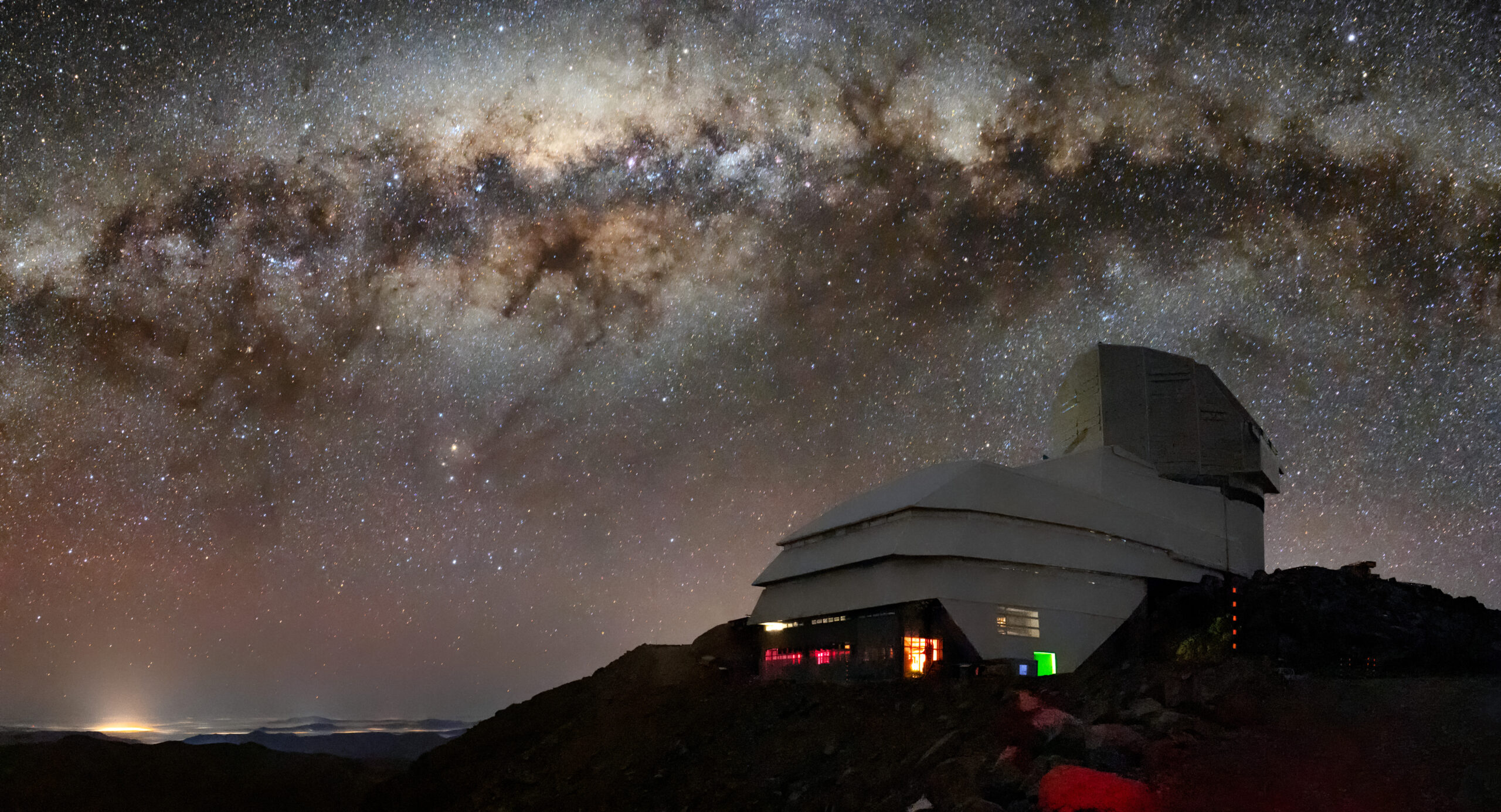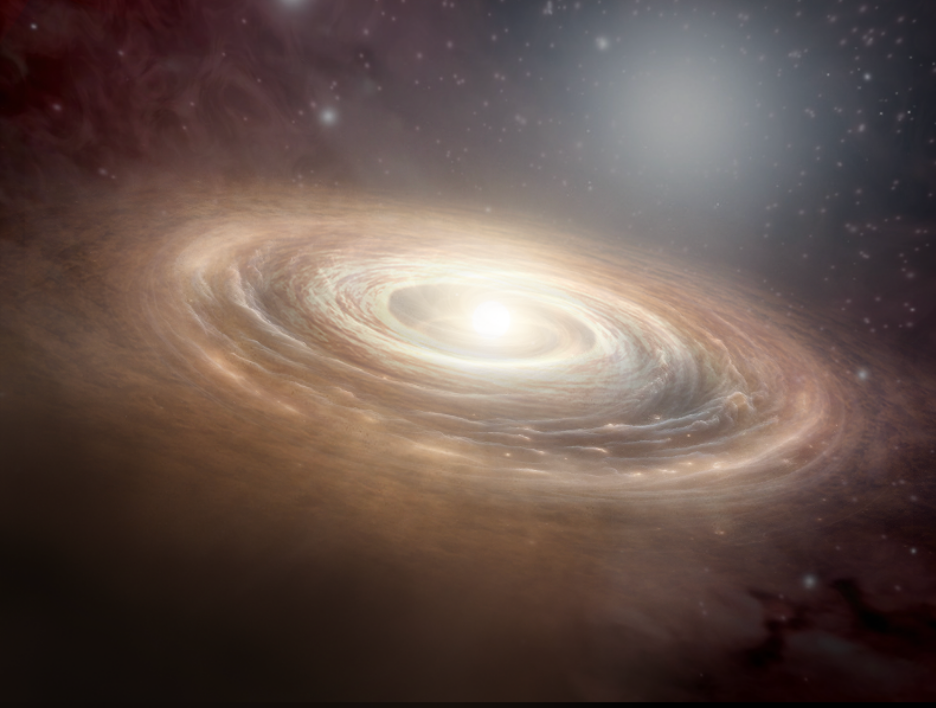
Discovery of water on the Moon increases chances for permanent habitation
Traces of water in the form of hydrated salts, found in the rocks brought back by the Chinese probe sent to the Moon, present a promising future for the installation of inhabited bases on our satellite. CATA astronomer analyzes the impact of this discovery.
China’s Chang’e-5 probe sent to the Moon continues to provide surprising data. The spacecraft brought back a sample of rocks from the hidden side of our satellite and recent studies of their chemical composition discovered water molecules. In addition, it was established that they can persist in areas that are illuminated by the sun, mainly in the form of hydrated salts. Also, these new data are relevant because they are samples collected from a much higher latitude zone, providing new clues as to what form the water takes on the lunar surface.
“One thing I found very interesting is that a few decades ago we thought the Moon was dry. In fact, no evidence of water was found in the lunar rocks brought back by the Apollo spacecraft. Recently water was being looked for in the lunar subsurface and in the form of surface ice in the polar craters that remain in permanent shadow. But now water is also being found trapped in the form of hydrated salts. Its presence is essential for establishing permanent human bases. This is an important issue not only from an astronomical point of view, but also for geological studies of our satellite. We do not yet know if there are subway nappes as on Earth. So far only traces of water trapped in the surface rocks have been found,” he says, Dante Minniti, Principal Investigator of the Exoplanets and Astrobiology area of the Center for Astrophysics and Related Technologies, CATA.
The Chinese finding is in addition to similar conclusions obtained in recent years by NASA, which, through an infrared detector, had already confirmed its existence in 2020.
“The analysis is very laborious and complicated, because you have to rule out contamination of the samples, for example, from Earth and from the spacecraft itself. These recent discoveries are very promising, but it’s only the beginning. Now we have to see how to extract water in large quantities in a practical way, to allow the supply of a base with human beings. Not only that, but we also have to learn how to transport it from the sources; how to purify it, since it may contain dirt, be very salty or have harmful elements (such as arsenic), and also how to store it”, adds the also astronomer of the Universidad Andrés Bello.
This background comes at a time when research is resuming interest in visiting the Moon and evaluating the installation of bases with a permanent presence, intentions that have emerged from global powers with high-impact space plans, such as China, the United States, India, the European Union and Russia.
In the specific case of the Asian giant, it has developed an interesting lunar study process by allocating significant resources, with the intention of carrying out a manned mission by 2030 and then building a base on the lunar surface.
Recent news
-
 Publicado el: 30/06/2025CATA Director strengthens ties in her second institutional tour
Publicado el: 30/06/2025CATA Director strengthens ties in her second institutional tour -
 Publicado el: 26/06/2025Vera C. Rubin: the telescope that watches the sky and anticipates the future of astronomy
Publicado el: 26/06/2025Vera C. Rubin: the telescope that watches the sky and anticipates the future of astronomy -
 Publicado el: 25/06/2025CATA researchers appointed as Full Professors at Universidad Andrés Bello
Publicado el: 25/06/2025CATA researchers appointed as Full Professors at Universidad Andrés Bello -
 Publicado el: 25/06/2025Study by young Chilean astronomer reveals new key parameter for understanding star formation
Publicado el: 25/06/2025Study by young Chilean astronomer reveals new key parameter for understanding star formation -
 Publicado el: 19/06/2025Rubin: The Universe’s First “Movie” That Will Transform Astronomy
Publicado el: 19/06/2025Rubin: The Universe’s First “Movie” That Will Transform Astronomy
Categories list
- Acknowledgments 18
- Astrobiology 5
- AstroCluster 1
- Black holes 13
- Corporativo 49
- Cosmology 4
- Descubrimientos 19
- Disclosure 45
- Exoplanets 13
- Extension 4
- Galaxies 17
- Galaxies formation 2
- Inter y Transdisciplina 2
- Local Universe 13
- Publications 5
- Sin categorizar 31
- Solar System 11
- Stellar formation 6
- Technology 9
- Technology Transfer 12
